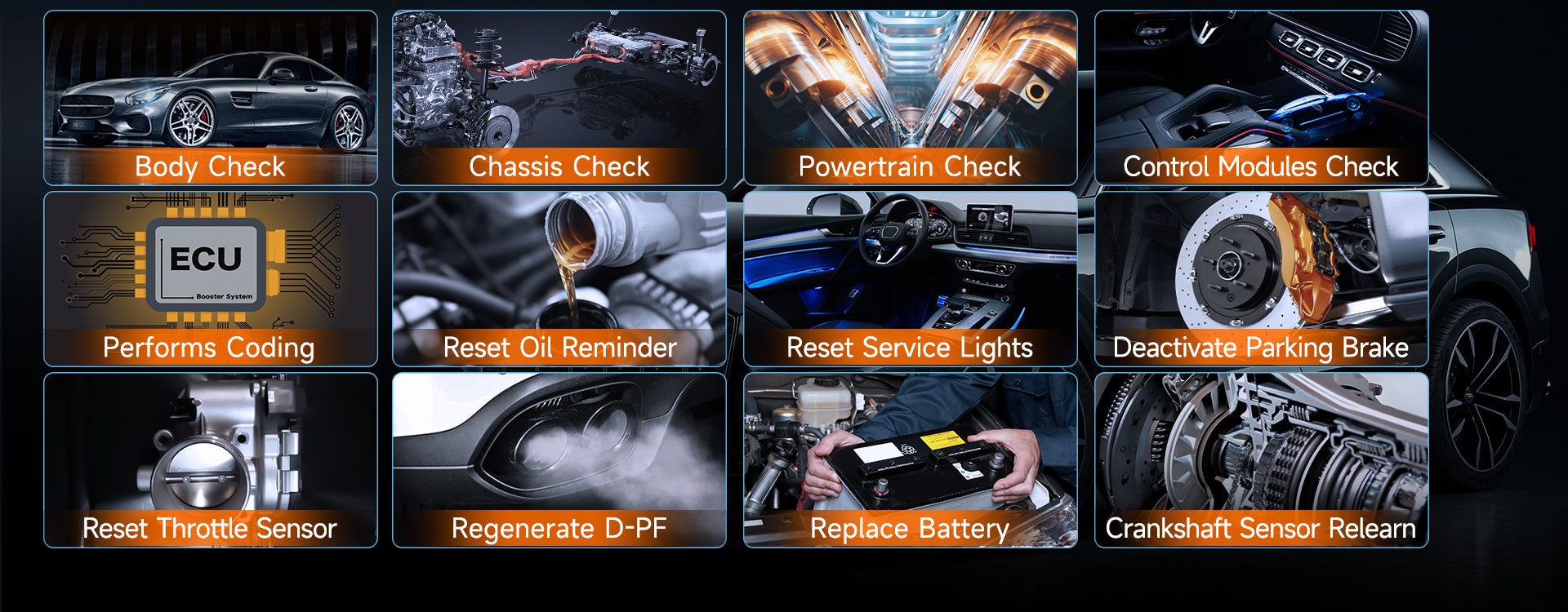A malfunctioning transmission can quickly sideline your vehicle. A Car Diagnostic Tool For Transmission can provide crucial data for identifying the root cause. But how effective are these tools at pinpointing transmission problems? This article delves into the capabilities and limitations of car diagnostic tools for transmission, guiding you toward a swift and accurate diagnosis.
alt: A car diagnostic tool plugged into the OBD-II port of a vehicle, displaying various parameters on its screen.
While a car diagnostic tool for transmission offers valuable insights, it’s crucial to understand its scope. These tools function by reading Diagnostic Trouble Codes (DTCs) stored in your vehicle’s onboard computer. These codes signify various issues, especially electronic problems like sensor malfunctions or Transmission Control Module (TCM) issues. However, a scan tool doesn’t provide a complete picture.
Decoding Transmission Troubles with a Diagnostic Tool
Car diagnostic tools excel at identifying electronic transmission issues. They are instrumental in diagnosing problems with solenoids, the TCM, and other electronically controlled components crucial for smooth gear shifting and fluid regulation. By retrieving DTCs, these tools pinpoint malfunctioning parts, facilitating prompt repairs.
alt: A close-up view of the Foxwell NT809TS car diagnostic tool, highlighting its user interface and various function buttons.
Furthermore, these tools effectively detect sensor malfunctions. Sensors monitoring speed, temperature, and pressure are vital for proper transmission function. A failing sensor can disrupt the entire system, leading to erratic shifting or even complete failure. A car diagnostic tool for transmission quickly identifies these faults, displaying relevant codes for repair. Torque converter issues, such as slippage or improper locking, can also be detected, though a thorough assessment might require further investigation.
Limitations of Car Diagnostic Tools for Transmission
Despite their usefulness, car diagnostic tools for transmission have limitations. They often fail to detect mechanical problems. Issues like worn gears, damaged clutches, or a slipping transmission might not trigger a DTC. Similarly, leaking transmission fluid might go unnoticed until it causes a sensor malfunction and triggers a related code. Manual inspection remains crucial for diagnosing these mechanical issues.
Choosing the Right Car Diagnostic Tool for Transmission
Selecting the appropriate car diagnostic tool for transmission is essential. Look for a tool that can access the TCM, enabling in-depth analysis of transmission-specific codes. Bidirectional control, allowing the tool to send commands to the vehicle, is another valuable feature for pinpointing intermittent issues. Support for manufacturer-specific codes, beyond generic OBD2 codes, ensures a more comprehensive diagnosis. Real-time data monitoring of transmission temperature and pressure can also be beneficial.
When a Scan Tool Isn’t Enough
If a car diagnostic tool for transmission doesn’t reveal the problem, but symptoms persist, further investigation is necessary. Manually check fluid levels and condition. Look for burnt or contaminated fluid, which can indicate serious issues. Consider a professional inspection by a qualified mechanic, especially if you suspect mechanical problems. They possess the expertise and specialized tools to diagnose complex transmission issues.
Conclusion
A car diagnostic tool for transmission is a powerful asset for troubleshooting, especially for electronic and sensor-related problems. However, it’s crucial to acknowledge its limitations in diagnosing mechanical issues. A comprehensive approach, combining diagnostic tool readings with manual inspections and professional expertise when needed, ensures accurate and efficient resolution of transmission problems.

